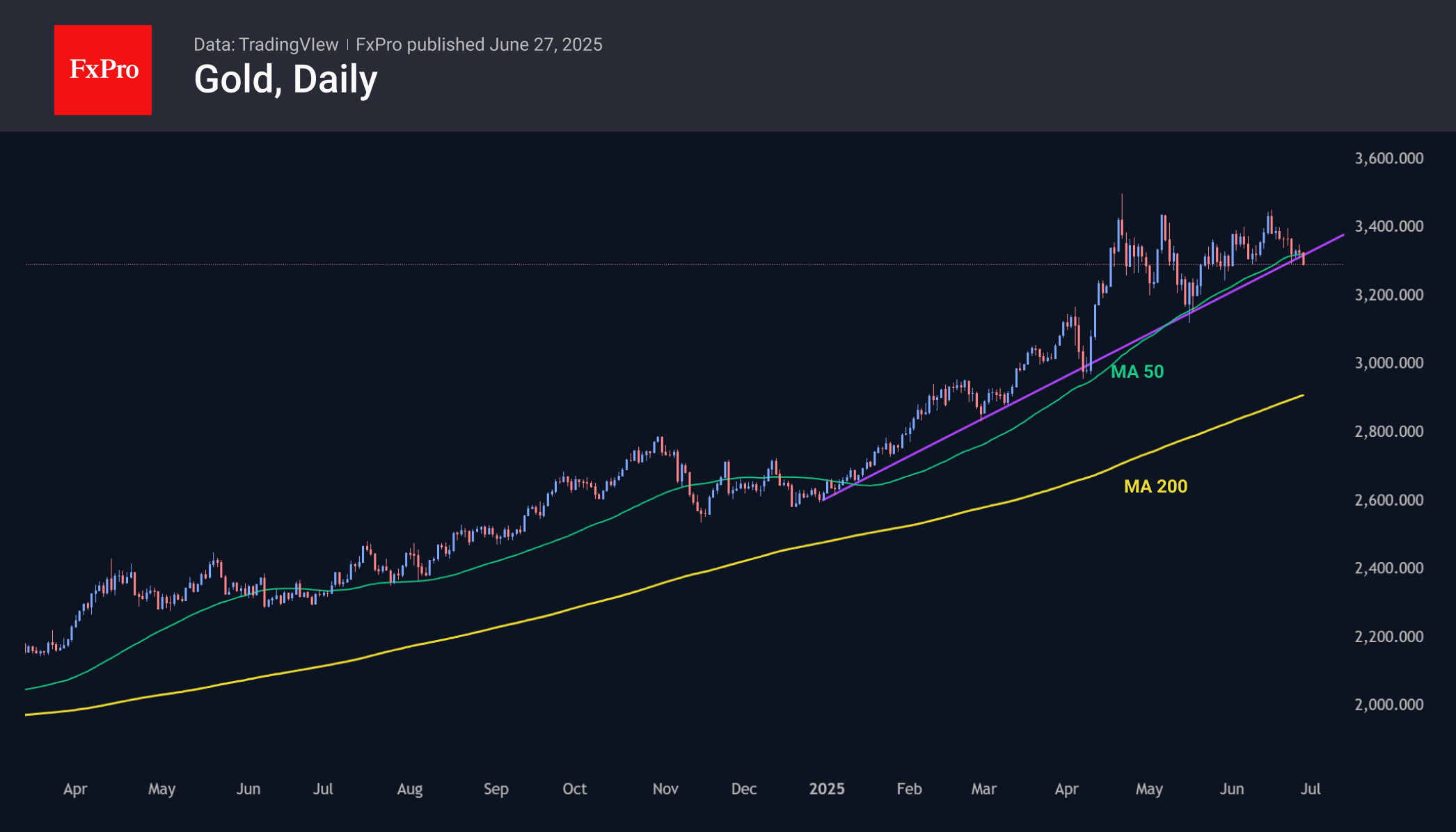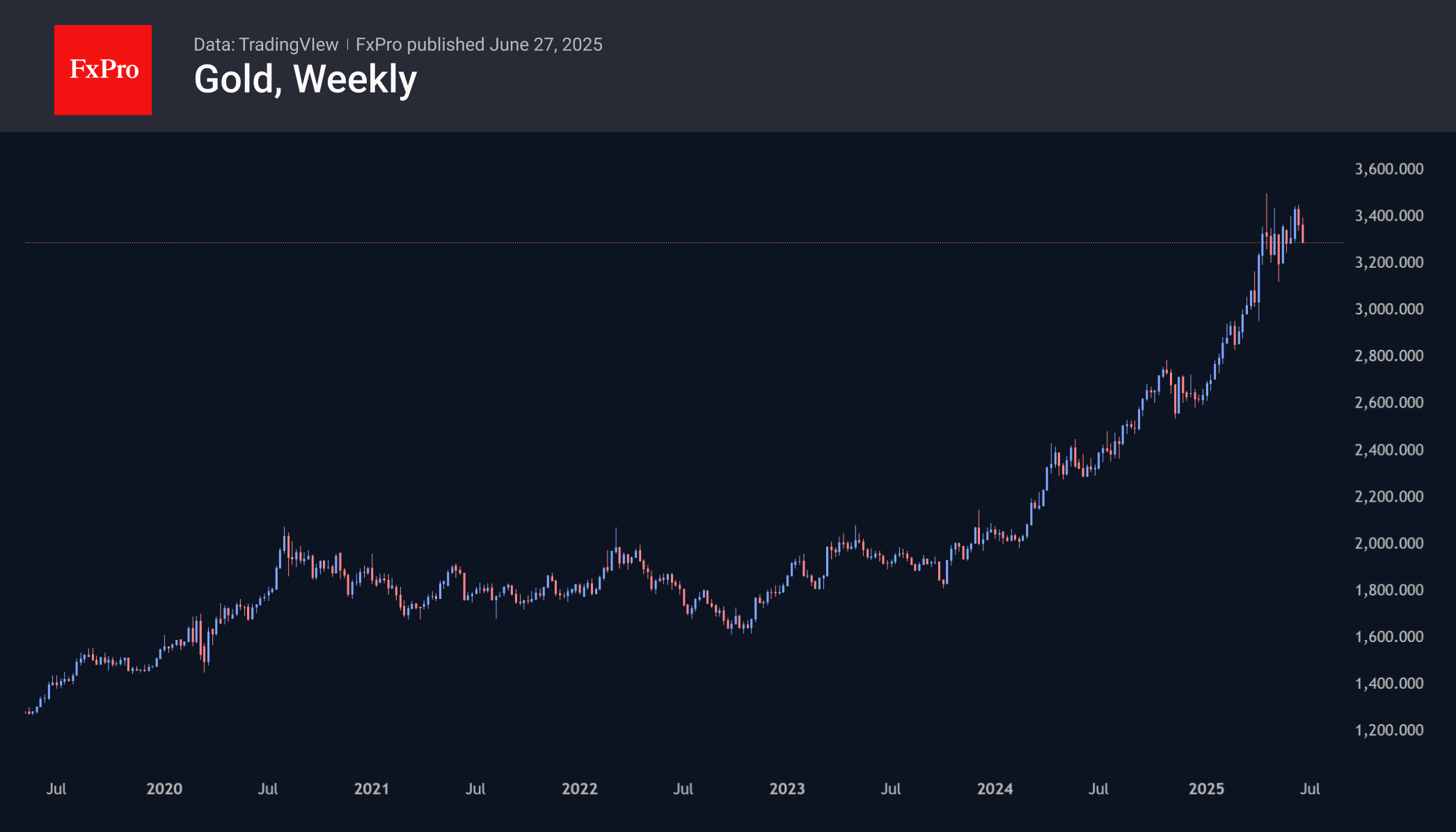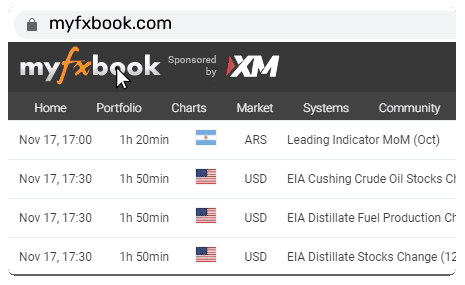Gold once again approaches a cliff edge

Gold once again approaches a cliff edge
The Israel and Iran ceasefire has reduced demand for gold as a safe-haven asset. The precious metal failed to break out of the medium-term consolidation range of $3,100 to $3,400 per troy ounce and resume its upward trend. This signals weakness among bulls and allows Citigroup to predict a fall in prices below $3,000 in 2026. According to the bank, thanks to Donald Trump's ‘big and beautiful’ tax bill, the acceleration of the US economy will push gold prices down. The decrease in geopolitical risks will also contribute to gold's decline.

Goldman Sachs, on the other hand, maintains its forecast for the precious metal to rise to $4,000. It cites the insatiable appetite of central banks, the weakening dollar, and the fall in US Treasury bond yields. Indeed, the White House is keen on lower debt market rates and a weaker currency. A recent survey by the World Gold Council shows that 43% of central banks plan to increase their bullion purchases over the next 12 months, up from just 29% a year ago.
The recent de-escalation has once again tested gold's support at its uptrend, marked by the 50-day moving average. On Friday, sellers pushed the price below this level, which passes through 3324, and are even attempting to stabilise below 3300. In May, a sharp movement managed to push the price back above this line. However, this metric is now turning downward, reflecting over two months of consolidation after reaching recent highs.
All signs indicate a potential repeat of the consolidation seen in November-December last year, which laid the groundwork for the subsequent rally. However, there is also a high probability that the failure to break through the 3500 level over the past two months signals a global trend reversal. We await whether this will mirror 2020, with a 20% correction in the next six months and a two-year sideways movement or resemble the nearly halving in gold prices from 2011 to 2015.

By the FxPro Analyst Team
-11122024742.png)
-11122024742.png)



















